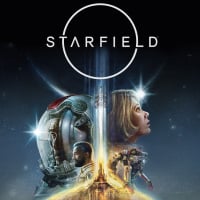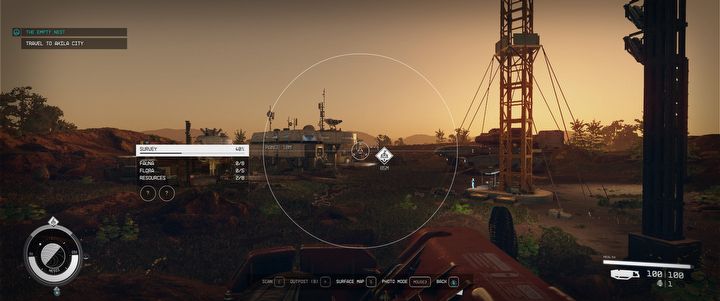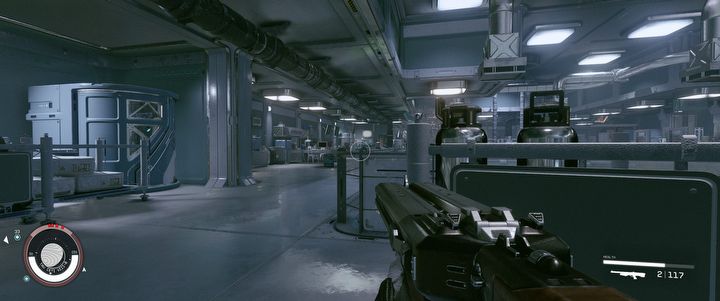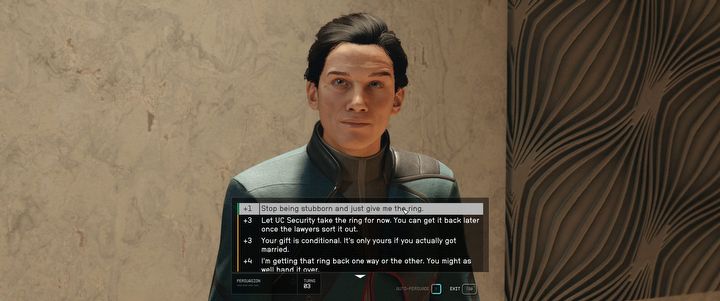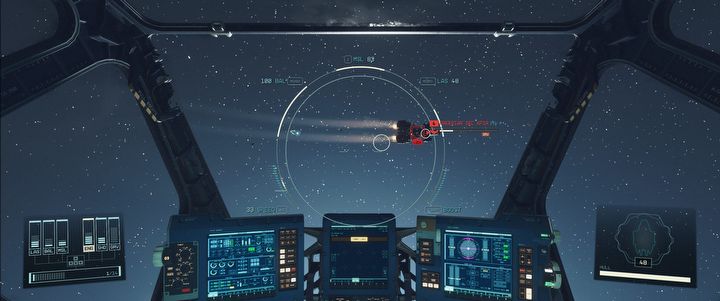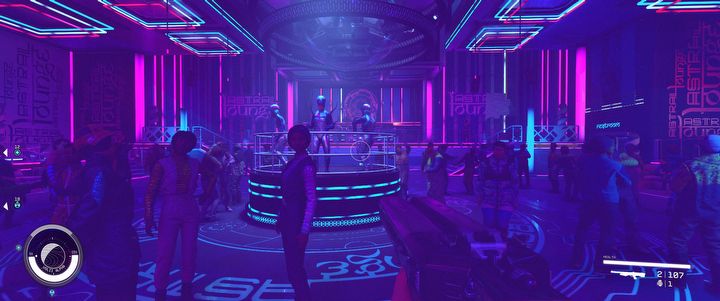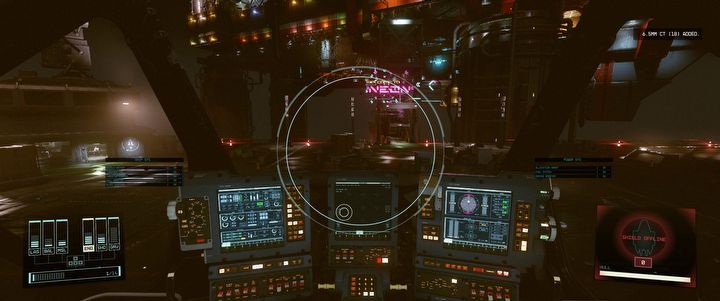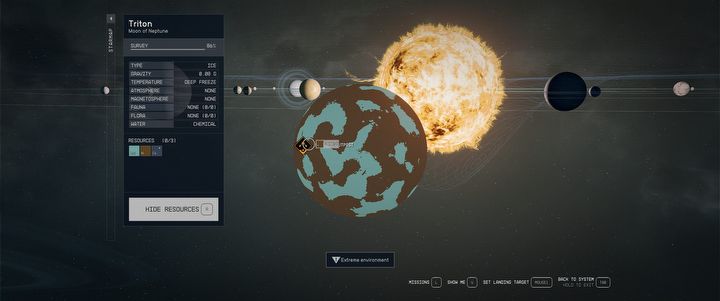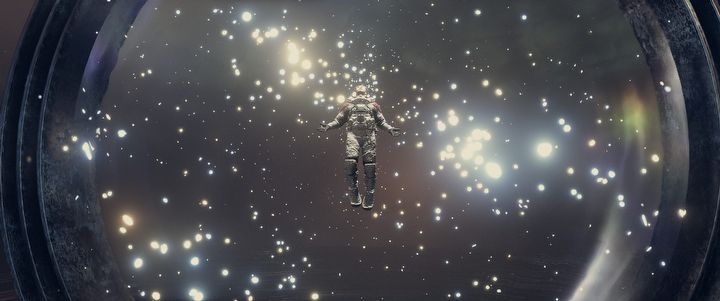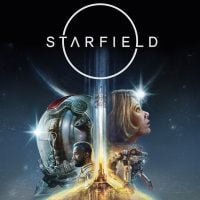Starfield Review: A Stellar Masterpiece
Starfield is a massive game with plenty to offer and hundreds of hours of possibilities. Its features, writing, and tried-and-true gameplay take it far beyond our solar system.
The review is based on the PC version. It's also relevant to XSX version(s).
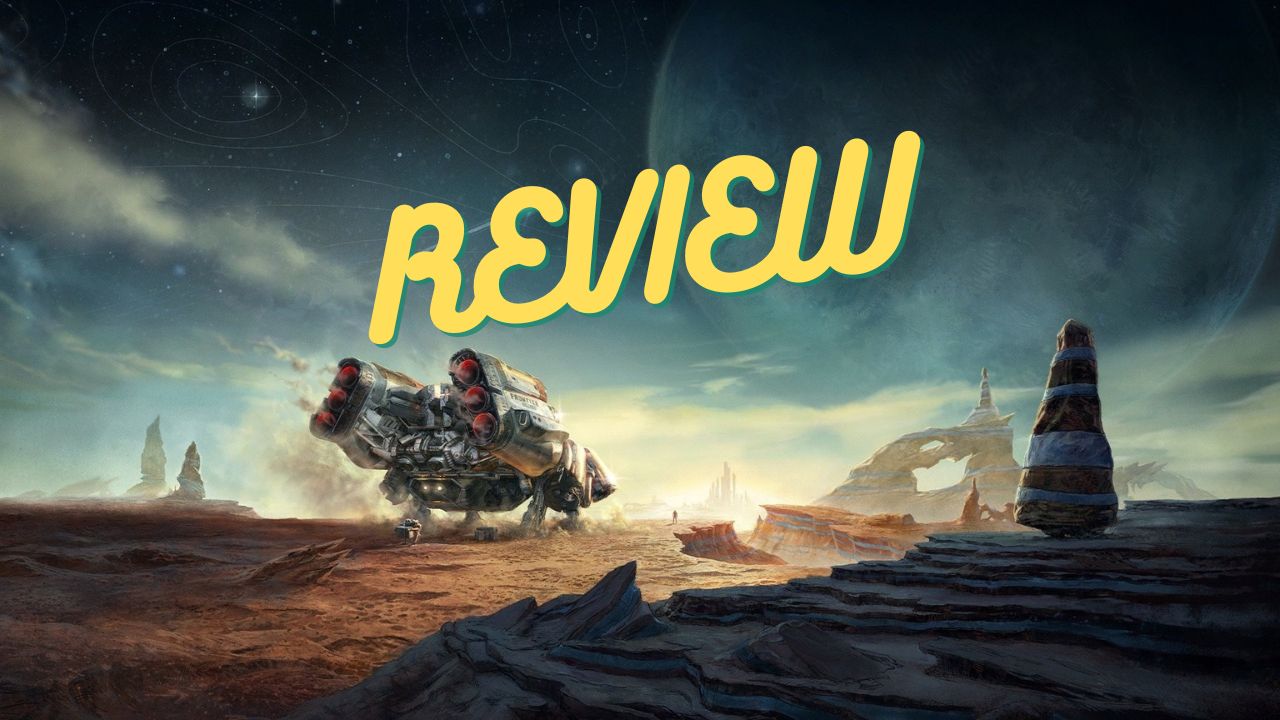
Over the years, games like Fallout and Elder Scrolls have followed a certain pattern that we have come to recognize as distinctly Bethesda. From character customization to being over encumbered to crazy ragdoll animations when our character dies, these touches within a familiar formula have made them both fun and successful. These games have gotten more complex over time, more beautiful, and simply more engaging. Starfield, you could say, is the height of this Bethesda brand and is the game we have been waiting for.
Director Todd Howard said Starfield can be seen as “Skyrim in space” so it’s not a bad comparison to make when you consider how successful that other game was – but it’s also a lot more than that. The game follows a familiar pattern Bethesda games are known for, sure, but it also adds in new features, layered gameplay mechanics, and quests that create a web of storylines that literally span the galaxy. More than a sum of its parts, Starfield is a magnum opus that lives up to its promise of being a game you can really get lost in.
A Space Odyssey
One of Starfield’s strongest selling points is that it truly is a game of exploration and discovery – and nothing can be more worth exploring than good old outer space. Set in the future, Starfield’s narrative follows the character you create from their humble beginnings as a space miner and takes them through a series of adventures featuring pirates, ancient artifacts, aliens, and plenty of personal drama from all sides of the universe.
- A massive game that will truly suck you in for hours on end
- Tons of quests to complete and planets to explore
- Various game modes to play with to your liking
- Tried-and-true Bethesda action RPG gameplay with added mechanics and improvements
- Map system can get disorienting
After the initial introductory mission, the world is your oyster. Like Skyrim did, Starfield lets you take on any quest you come across and will continuously toss quests your way even without you actively looking for them. Just take a walk through the cyberpunk city of Neon and you will overhear some personal woes that will become a quest for you to complete. Explore a planet and inspect a corpse to find a quest asking you to return an item to his family. Get arrested for the first time, and your first encounter with the authorities will unlock the option for you to complete a series of events where you infiltrate the Crimson Fleet and act as a mole to take down these galactic pirates.
I spent a majority of my early hours in the game completing what I would describe as the Starfield version of the Thieves Guild – just swap out cloaked thieves with corporate execs in fancy suits. These missions got more creative the more I progressed through the ranks and offered me some nice upgrades and gear that came in handy on their own. It’s also worth noting that a majority of quests offer you various ways to complete them. One mission had me infiltrating a rival company and allowed me to walk through the front doors and charm the pants off everyone but also let you sneak in through the vents if I preferred the more covert approach. Each one has its pros and cons, of course, but it allows you to play the game in the style you want.
How your character deals with certain quests is entirely up to you, but it is also influenced by your character’s initial background and skills you choose to upgrade. Besides just adjusting your character’s build, skin tone, and hairstyle you can also choose a background and set of traits that give your character some backstory. My character was a gangster as well as a Freestar Collective settler so this gave me an upper hand when interacting with fellow criminals and people from the this faction. There are dozens of traits and backgrounds you can choose from, so you can really make whatever kind of character you want from the beginning and then continue to mold them through your actions and upgrades.
Space Buddies
The best part is your customization continues throughout your whole experience as you can unlock new skills each time you level up. By default, your character’s backstory comes with set skills, but you can unlock new ones or focus on those to get more powerful perks such as increased damage when you use shotguns, higher persuasion chances, or even the cool ability of using a jetpack. Plus, Starfield doesn’t just let you upgrade your skills – it makes you work for them by completing challenges that relate to that skill. Fully exert your oxygen supply 20 times to increase your max oxygen level, for example. It’s a bit like Oblivion’s leveling up system mixed with the complexity of Fallout 4’s perk chart so expect plenty of options to choose from.
During your travels, your character will join Constellation, a group of explorers who set out to unlock the mysteries of the galaxy, and in doing so meet various companions you can take with you on quests. Like in past Bethesda RPGs, your choices during quests will impact what your companions think of you and open up new conversation trees. You can choose to be polite, rude, or neutral in your responses or take sides that can cause certain characters to like or dislike you. Here is how you can really develop bonds with your companions as the more they open up to you, the more you learn about their past, intentions, and aspirations. You can even romance some of them if things go well, and the overall conversation system further serves to make Starfield a game that grows on you over time.
Even minor characters you interact with during one-off quests have their own personality that can stick with you for some time due in part to the game’s top notch acting and writing. Certain quests will also test your resolve as you will often need to make choices that can severely impact certain characters or even your own companions. While I can’t speak much about the game’s main story, just know that it spans the galaxy and introduces themes of survival, humanity’s impact on the world, and, of course, the bonds we make with others. Not to mention, the main mission as well as many side quests can contain multiple scenarios so no two people’s experience will be the same. This allows you to shape Starfield to your liking so even though we are all playing the same game with the same characters, chances are everyone’s experience with the game will feel special and unique.
Ad Astra
Exploring space is truly amazing, and Starfield gives you the tools to do just that without missing a beat. Sure, the game plays like another Bethesda RPG with first-person or third-person exploration and combat, but Starfield takes it to another level and allows you fly through the galaxy on your very own ship. The minute you open up your Starmap and realize every bright shining dot on it is a star system you can actually travel to is the minute the game becomes more than what you thought it was.
While each planet you can travel to won’t necessarily have a complex ecosystem or even feature life whatsoever, just realizing that you can travel to thousands of planets and land wherever you want feels truly empowering. Of course, you can’t land on certain planets like gas giants, but their moons are just waiting to be explored. And because each time you land on a new planet you get a stellar cutscene showing your ship landing on foreign territory with the stars in the horizon, you will definitely feel the wonder each time it happens.
Starfield also looks amazing and features realistic renditions of the various planets we know exist but also imaginative interpretations of those we don’t. This allows each planet to have its own distinct feel to it even though you may sometimes just be running around through a field of nothingness until you encounter a strange tower or natural formation. Populated planets and the game’s major cities are brimming with character and charm, however, and truly make you feel like you are in a futuristic society that still feels human. Add to that some impressive facial animations and glorious cutscenes when traveling through space and you get a game that does its best to keep your attention at all times.
Once you land on an uninhabited planet, you can simply run around and explore to scan as much flora, fauna, and resources you encounter. Doing so marks each planet as fully explored and then lets you sell all that data you acquire for money, but the true reward is simply exploring the unknown and spending hours seeing what lies beyond the horizon. Similar to that in No Man’s Sky, no two landing zones are the same as the game will randomly generate a location for you to explore offering you something new to look forward to each time. Again, not every planet is a winner – some are barren, dull, and boring – but being able to fly through space and explore real star systems we know of such as Alpha Centauri or Sirius is an amazing experience.
Not only that, but you can even set up outposts on planets you visit to mine resources and build whatever your heart desires. Think Fallout 4’s base building but in space. You can really spend hours creating your own outposts, crafting furniture for both decorative and scientific purposes, and even assigning your crewmates to them to monitor the area and send the resources to your ship. It’s a whole separate mode that some will love and complements the exploratory feel of the game making you feel like you are truly discovering planet that has yet to be explored. Add to that each planet has its own gravity and temperature, and each place you visit to explore or exploit becomes a unique playground you can really get lost in.
Guardians of the Galaxy
Even just flying in space feels like a different game mode altogether and helps Starfield feel like a totally different experience when off the ground – think space flight simulator complete with combat mixed in. Playing the game on a PC, I truly felt like I was behind the cockpit of my ship, pressing different keys to control distinct functions such as transferring power to different parts of the ship or scanning a planet for its resources. Even combat feels like something out of Star Wars or Everspace, though much slower as you will often have to turn around in all directions to locate enemies on your screen. It’s satisfying to shoot down enemies from a distance or sic missiles on them, and you sometimes need to adjust your speed, shields, and even laser strength on the fly during combat, further making space fights a fully interactive experience.
You can also modify your ship both through skills you can unlock and through parts you can purchase and upgrade. Like your character creation options, outfitting your ship gives you control over how you want to take on your foes or how you want to travel through space. You can even purchase individual parts to create a ship from scratch if you want to or upgrade your skills to increase your attack, speeds, and various other features during combat.
My only gripe with navigating through space is that the game’s map system is lacking in areas you wish there was more guidance. Cities such as New Atlantis, Neon, and Cydonia don’t have maps of the many shops and buildings that you can explore so you will often have to remember where everything is or get lost running through various alleys and avenues just to get to where you want to go. Even traveling to new planets takes some getting used to as your Starmap is pretty massive and there is a lot of zooming out you will be doing when hopping from one star system to the next. Then, you can simply bypass the initial exploratory element of discovering a new world simply by fast traveling to that destination. You still have to go through a few menus to get there, but you’re there in an instant. In the end, you could say the real navigation you have to make is through in-game menus.
Final Thoughts
The galaxy does in fact have dozens of star systems you can travel to, but these areas can sometimes be way beyond your level. You can, of course, challenge yourself and explore these areas for the extra challenge, or simply work your way to them as you play and gain more experience. In fact, you really should expect to take your time with Starfield and not rush through it. After playing nearly a hundred hours, I still feel like the game is just starting and look forward to exploring quests that I haven’t even encountered yet. Saying Starfield is massive is an understatement – and just check your SSD if you happen to forget.
With hundreds of hours of gameplay, various quests to complete, and thousands of planets to survey and explore, Starfield capitalizes on everything that has worked for Bethesda in the past, giving us an experience that feels like a giant leap in greatness.
And that’s the thing. Just because Starfield is bigger than Skyrim doesn’t mean it’s necessarily better, but it’s better because it feels like an evolution of the Bethesda brand and brings together everything that makes these games so entertaining. Sure, at times you may get deja vu when realizing certain components feel like something you’ve seen before in another game, but you also have plenty of new material and elements not seen before that elevate it further offering you plenty of ways to enjoy the ride. With hundreds of hours of gameplay, various quests to complete, and thousands of planets to survey and explore, Starfield offers a little bit of everything keeping it fresh and exciting without restricting you to just one path in your adventure.
Our reviews are featured on Metacritic and Opencritic.
Even though it borrows from its predecessors, you couldn’t do what you can do in Starfield with a game like Skyrim or Fallout be it due to performance limitations, resources, or budget – but you can see how it could have happened. Starfield, indeed, capitalizes on everything that has worked for Bethesda in the past, giving us an experience that feels like a giant leap in greatness.
Starfield
Starfield Review: A Stellar Masterpiece
Starfield is a massive game with plenty to offer and hundreds of hours of possibilities. Its features, writing, and tried-and-true gameplay take it far beyond our solar system.
